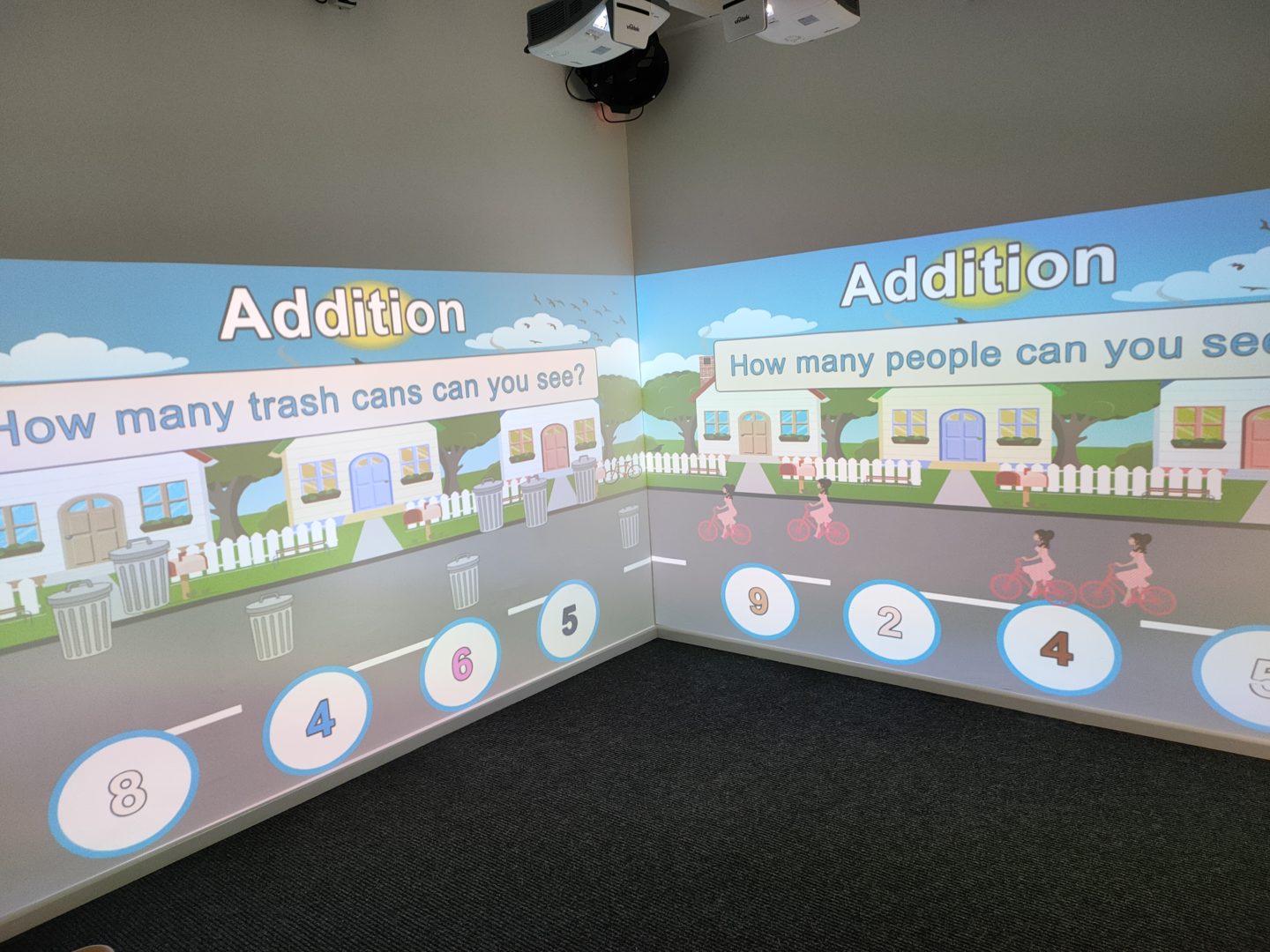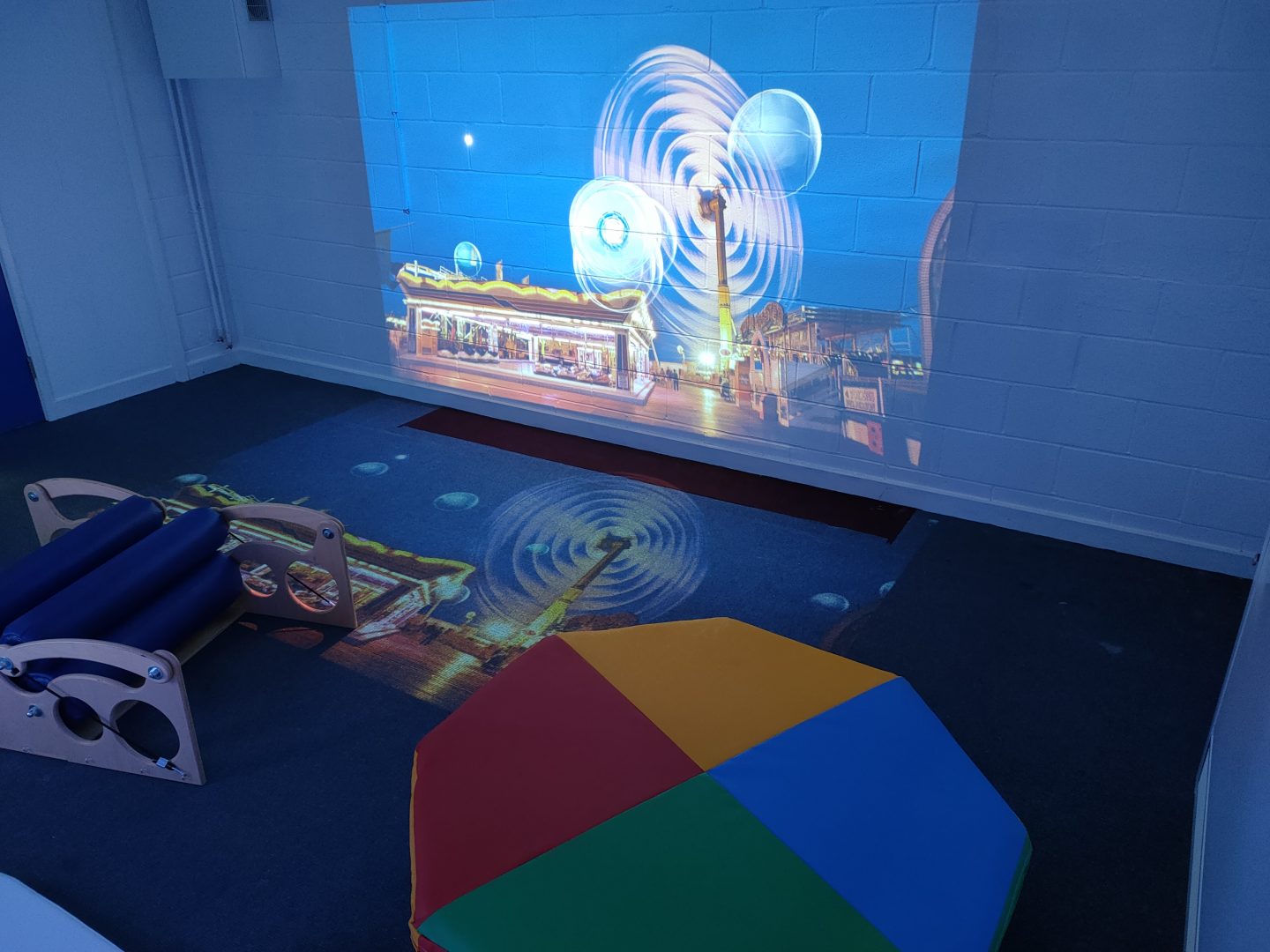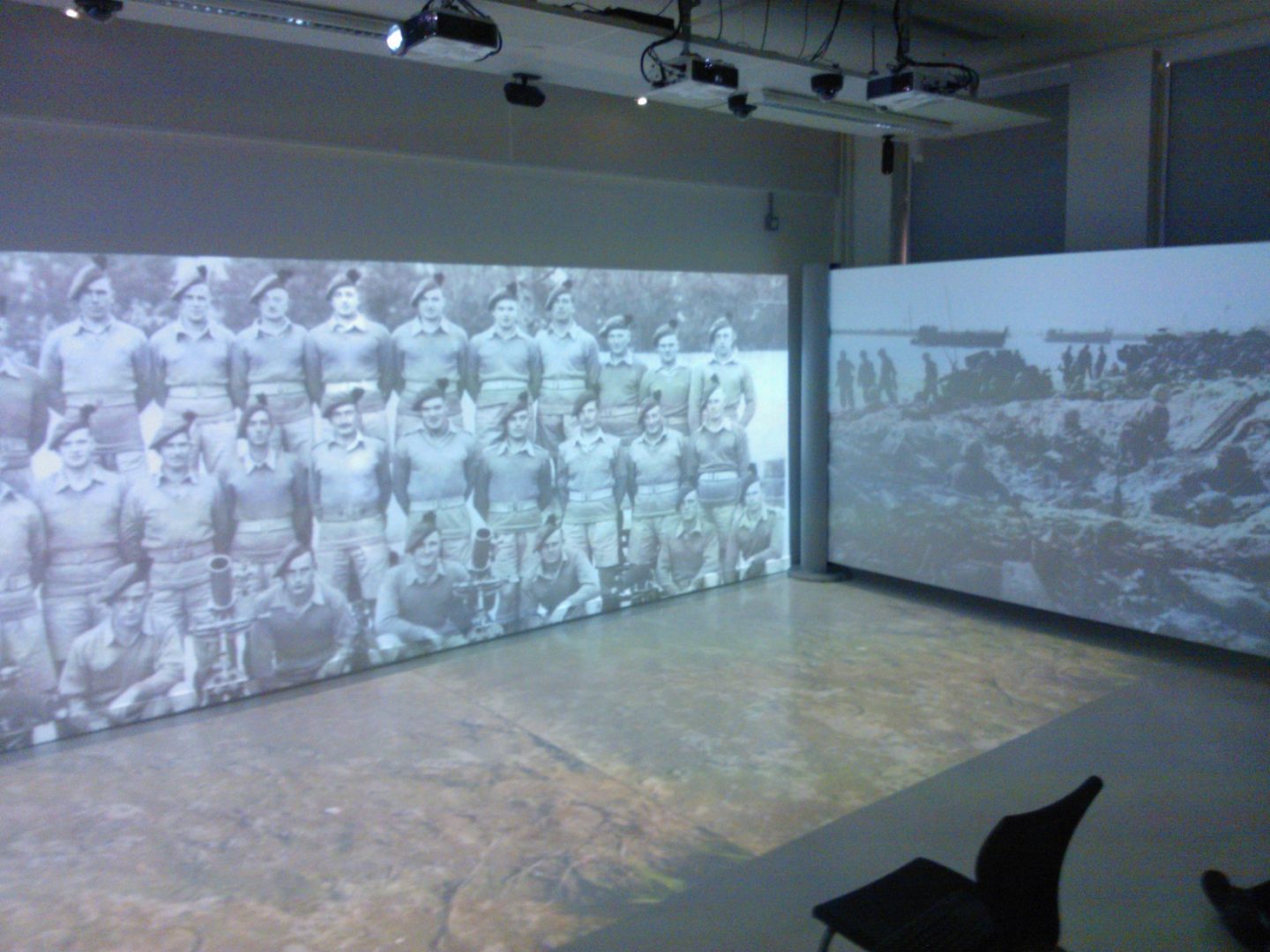Immersive Rooms and Environment
An immersive room is a specially designed space with advanced technology for a fun, interactive experience. Additionally, Immersive rooms use motion tracking and responsive surfaces that react to touch or movement, showing visuals for sensory feedback or virtual interaction.
These rooms are used in education, care and therapy to make learning more exciting, improve understanding, and create engaging experiences





